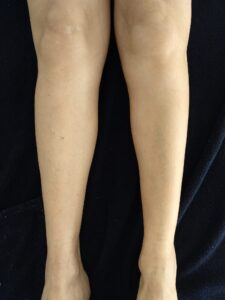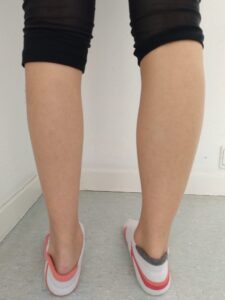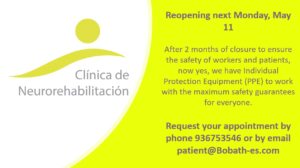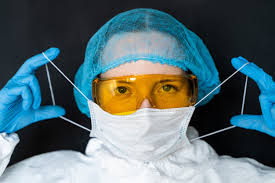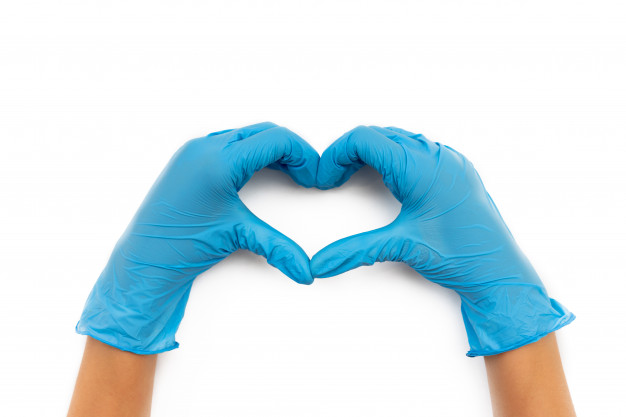Quite a few patients have consulted me by phone during the confinement since they have suffered some episode of pain. A pain that in many cases had no apparent cause or justification, hence its anguish and bewilderment.
We often associate pain with injury, but is there always a correlation?
In other words, whenever there is an injury do we feel pain? And vice versa, whenever there is pain does it mean that we have been injured? The answer is no.
Furthermore, when faced with consummate damage, the intensity of the pain we feel does not always coincide with the actual damage to the tissues, for example, when we cut the fingertip with a sheet of paper (Has this never happened to you? It hurts!!!).
Let’s start at the beginning … what is pain?
Pain is a perception of alert linked to the defense system that, as defined by the IASP (International Association of Study of Pain), “… notifies us of the existence of current or potential tissue damage or that it is experienced as such damage “
Therefore, tissue damage is not necessary for its appearance, it is enough that it is interpreted that there may be.
And who makes such an interpretation? The boss, our central nervous system (or in other words, the brain).
A perception (in the case at hand, pain) is a brain hypothesis of what is happening outside our body, through information that comes from the environment to the central nervous system through information from the senses . And our brain faces the challenge of building a story as rational as possible.
Specifically, the Nociceptive System (I will discuss it in more detail in the next publication) is in charge of detecting a state of current or potential tissue damage and informing the central nervous system so that the latter produces a modulation of the response.
All perception has its function and pain tries to protect us (yes, in fact, on many occasions we have to be very grateful to it) and promote healing. Pain has been evolutionarily promoted and selected to modulate our behavior in periods of adversity: discomfort, exploratory inhibition and apathy (little desire to move and do new things), and the lowering of the pain threshold (we feel pain more ease) are preservation behaviors that appear with such behavioral modulation.
The curious thing is that consummate damage is not necessary for such modulation of behavior to be activated, since the simple expectation of damage is sufficient to activate such behaviors.
The brain is always responsible for making the final decision about whether something (however small and insignificant it is) is dangerous to the tissues and integrity of the individual, and whether action is required (project pain into consciousness to stop of using a body part or deciding not to take a potentially dangerous action).
As human beings we have the capabilities to plan an event, to quickly learn from an experience and to use logic to predict the future (the brain is predictive, not reactive). Therefore, we can identify a situation / context / scenario as potentially dangerous long before the information reaches our tissues.
In short, although painful stimuli have nothing to do with tissues, if our brain considers them dangerous, they may be enough to evoke pain.
With the current situation that we have had to live, we have been locked up at home for many hours, thinking and watching the news, and receiving an informative bombardment of constant alarm. Our nervous system has been in a constant nociceptive alert situation, focusing our attention towards the body and towards an expectation of symptoms in order to act as quickly as possible at the slightest sign of danger (in this case, the symptoms of Covid-19 ), and therefore our sensitivity has increased to raise alarms at the slightest suspicion.
As a consequence, stimuli or bodily states that prior to confinement were asymptomatic or silent, have now become conscious and perceived.
Our nervous system has increased its sensitivity and effectiveness to protect us better, but as in any great computer program, there is always a mistake. I explain myself better with a very illustrative example:
Imagine that you are the owners of an industrial warehouse, and you have the bad luck that one night thieves enter to steal. Obviously, your work is very important to you and you do not want this to happen again, and you decide that you are going to invest in the best infrared security system so that thieves never enter without alarms and you can catch them with your hands. in the mass.
Perfect! Now your business is protected and you can rest easy.
At midnight they call you on the phone, it is the company in charge of the security system, the alarms have gone off! How can it be?
You get up running and go straight to your computer to check the security cameras to see if you see what has happened, and what is your surprise when you see a couple of very cute little mice hanging around your company!!!
Infrared rays are sure to detect thieves, but they are so highly sensitive that they set off alarms with something that is harmless to your company… little mice!”
We have a wonderful organism, which is capable of remembering events that we ourselves do not know are stored in some corner of our memory, and if it detects that there is an alarm signal similar to the stored memory and that it could be dangerous for our physical integrity, it sets in motion all the machinery necessary to protect us, and if we have to feel pain with it, it will make sure we feel it.
Author of the entry: Anna Canet. Physiotherapist specializing in the musculoskeletal system
Bibliography:
-
Butler D, Moseley G. Explicando el dolor. Adelaide: Noigroup; 2016.
-
Goicoechea A. Depresión y dolor. Enero 2020.
